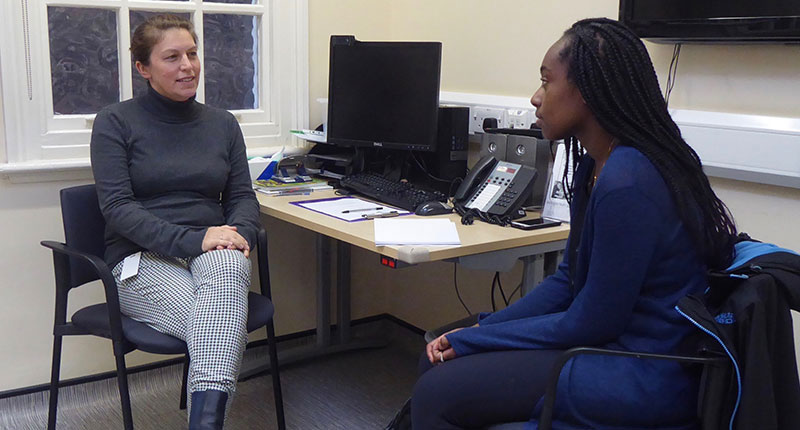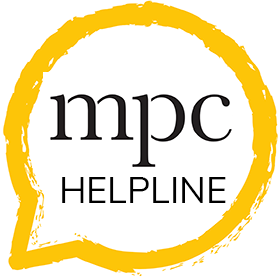About cluttering
Are you a speech and language therapist wanting some more information about cluttering? This page will give you some key information and some suggestions for further reading.
Characteristics
Cluttering is the term used to describe a speech pattern that is perceived as being too fast, too irregular or jerky, or both, and is accompanied by:
- excessive repetition of whole words or phrases so that conversation becomes hard to follow
- inconsistent deletion of syllables in a word, especially longer words (i.e. “puter” for “computer”), not associated with phonological processes
- pauses in unusual places
- unusual rhythm and syllable stress
- words that are blurred together (i.e. “incredible” = “incrible”)
Other features which add to an impression that speech is cluttered are:
- disorganised expressive language
- other speech sound or language errors
- little or no awareness of difficulty (a young person may be aware that people often tell them to slow down or not mumble, but they do not understand why people say this)
People who clutter may also have:
- messy handwriting
- learning difficulties not related to intelligence
- difficulties with attention
- auditory perceptual difficulties
People who clutter typically have reduced intelligibility. On referral people will be described as speaking too quickly or being difficult to understand.
Facts
- often co-exists with stammering (an estimated 1/3 of people who stammer also have features of cluttering, Ward, 2006)
- less is known about cause and treatment effectiveness
- genetic factors are possibly involved, as with stammering
- underlying language disorganisation or speech regulation difficulty possibly involved
- more common in males than females
- may co-occur with ASD, Tourettes, Learning Disabilities but not all individuals who clutter have associated difficulties
Therapy
- differentiate between consonant deletion due to cluttering and due to phonological processes
- take a holistic case history as with stammering
- liaise with school staff
- develop client’s ability to read others’ non-verbal cues and recognise when listeners do not understand what they have said
- increase use of pauses rather than trying to slow rate in general
- over-articulation of key words may increase intelligibility
- fluency shaping techniques (i.e. easy onsets or increasing flow between words) may not be appropriate
- work on overall communication skills
- use video feedback to increase awareness and self-monitoring
- explore what young people want others to do when they are not intelligible and negotiate
Find out more
Stamma: https://stamma.org/about-stammering/variations-complications
SFA: https://stutteringhelp.org/cluttering
International Cluttering Association (ICA): ICA website (google.com)
Ward, D., (2017). Stuttering and cluttering (Second Edition): frameworks for understanding and treatment. Taylor & Francis.
Scaler-Scott., K. & Ward, D. (2013) Managing Cluttering: A Comprehensive Guidebook of Activities. Pro-ed.
Watch Kathy Scaler-Scott discussing cluttering:

Sometimes you just need someone to talk to


Sometimes you just need someone to talk to
Our Helpline, 020 3316 8100, is open during office hours (9am-5pm) and voicemail messages can be left when the office is closed.
“It helped me to realise that I’m not alone and that there is help out there.”
